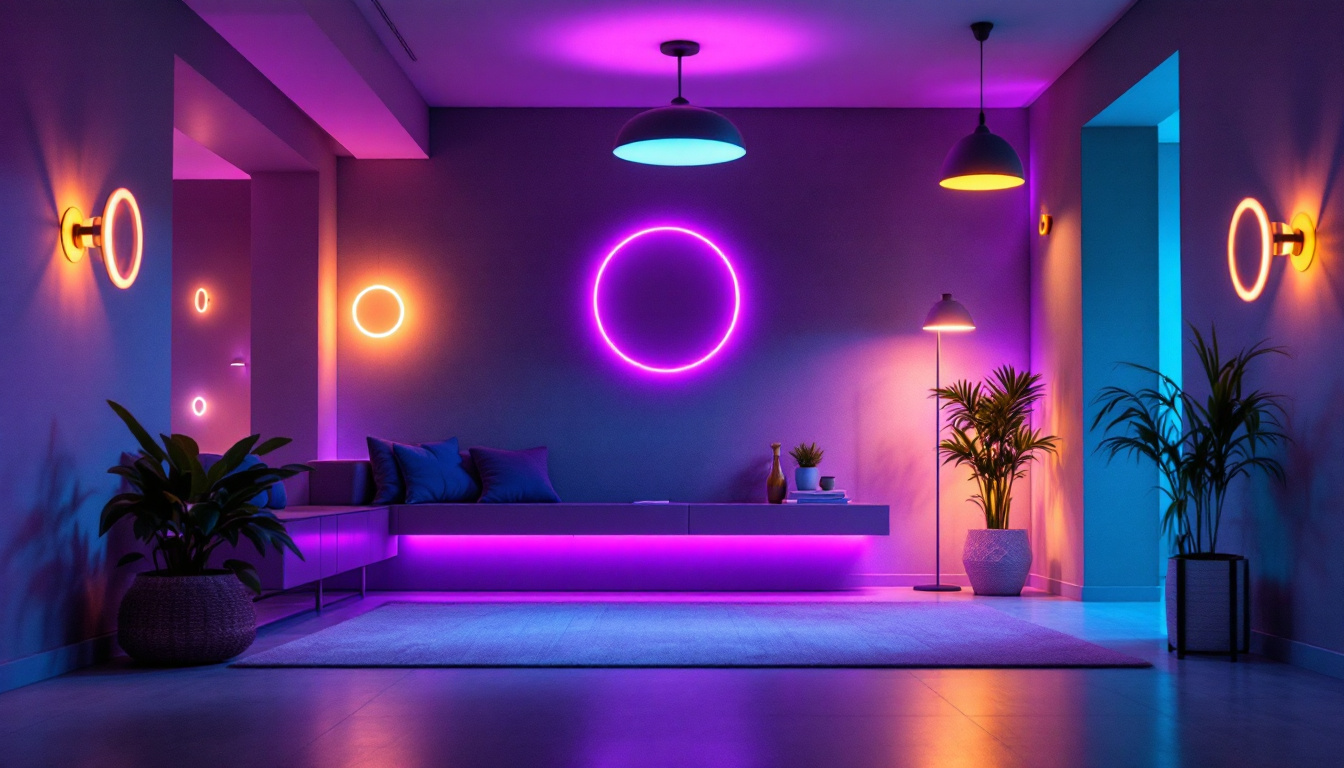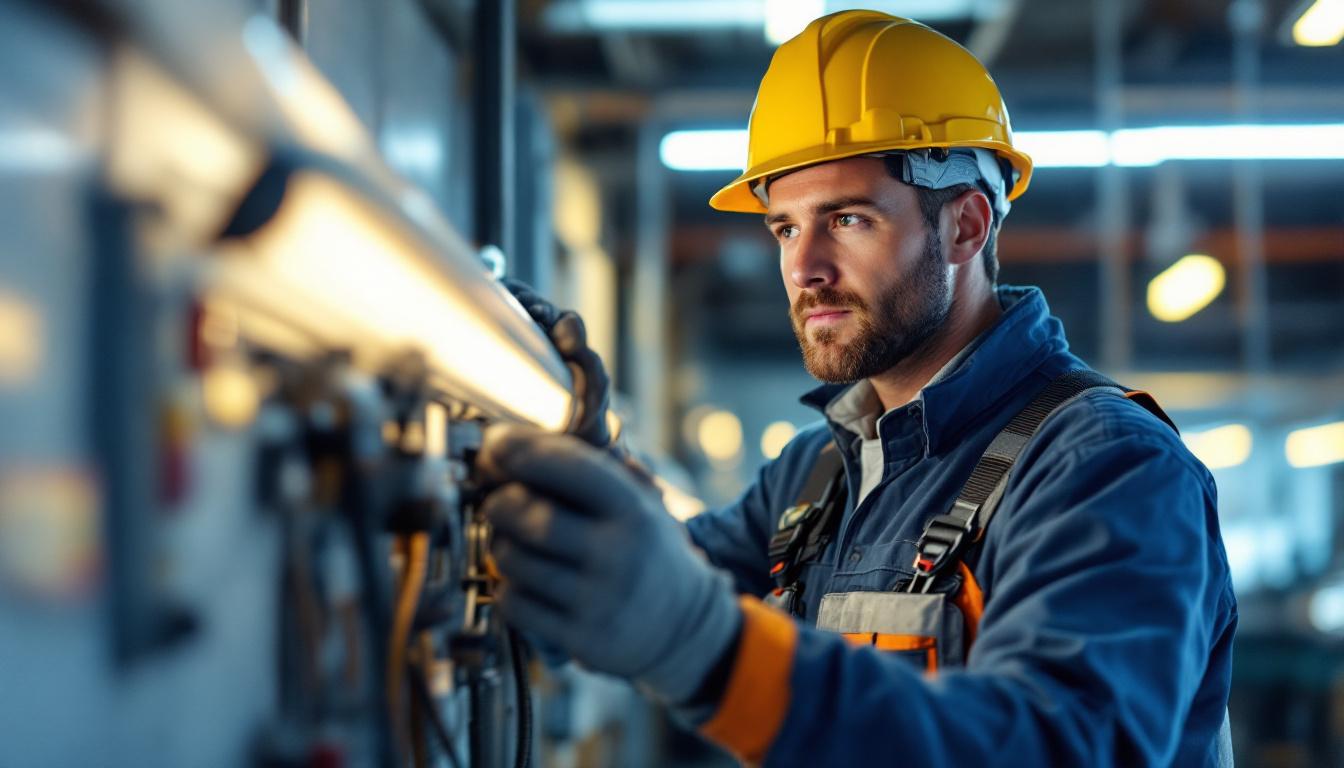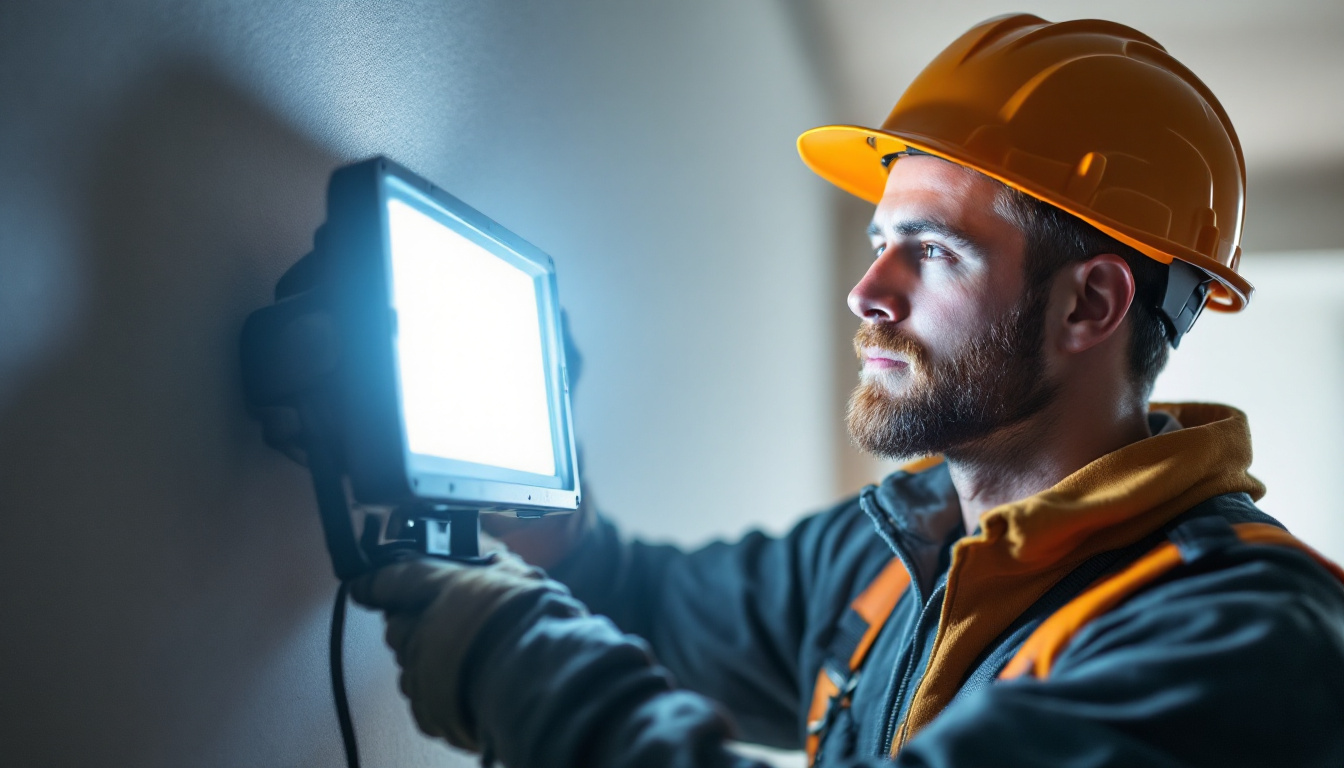
In recent years, LED lighting fixtures have gained significant traction in the lighting industry, transforming the way spaces are illuminated. With their energy efficiency, longevity, and versatility, LEDs have become a preferred choice for contractors and designers alike. This article explores the growing importance of LED lighting fixtures, examining their benefits, applications, and the future of lighting technology.
The transition from traditional incandescent and fluorescent lighting to LED technology has been nothing short of revolutionary. As the demand for sustainable and energy-efficient solutions continues to rise, LED fixtures have emerged as a leading choice for both residential and commercial applications. The versatility of LED technology has also paved the way for innovative designs, allowing for creative lighting solutions that enhance both aesthetics and functionality in various environments.
One of the most compelling advantages of LED lighting is its energy efficiency. LEDs consume significantly less power compared to their incandescent counterparts, often using up to 80% less energy. This reduction in energy consumption not only translates to lower electricity bills but also contributes to a decrease in greenhouse gas emissions. For contractors, promoting energy-efficient solutions like LED fixtures can enhance their reputation and appeal to environmentally conscious clients. Furthermore, many governments and organizations offer incentives and rebates for adopting LED technology, making it an even more attractive option for both consumers and businesses looking to reduce their carbon footprint.
Another significant benefit of LED lighting fixtures is their impressive lifespan. While traditional bulbs may last for around 1,000 hours, LEDs can last anywhere from 15,000 to 50,000 hours or more. This longevity reduces the frequency of replacements, saving both time and money for contractors and their clients. Additionally, LEDs are more durable and resistant to shock and vibration, making them suitable for a variety of applications, including outdoor and industrial settings. The robust nature of LEDs also means they are less likely to break or fail, which is particularly advantageous in high-traffic areas or environments where maintenance is challenging. Moreover, the ability to operate efficiently in a wide range of temperatures further enhances their applicability, allowing for reliable performance in both hot and cold conditions.
LED lighting fixtures are incredibly versatile, making them suitable for a wide range of applications. From residential homes to commercial spaces and even industrial environments, the adaptability of LED technology is one of its strongest selling points.
In residential settings, LED fixtures have become increasingly popular for their ability to enhance the ambiance of a space. From recessed lighting to decorative fixtures, LEDs can be used to create various lighting effects that cater to different moods and activities. Furthermore, smart LED options allow homeowners to control their lighting remotely, adding convenience and energy savings to their daily lives. Homeowners can also utilize dimmable LED bulbs to adjust the brightness according to the time of day or occasion, creating a cozy atmosphere for movie nights or a bright environment for family gatherings. The longevity of LED bulbs, often lasting up to 25,000 hours, means less frequent replacements and lower maintenance costs, making them an economical choice for any household.
In commercial environments, effective lighting is crucial for creating an inviting atmosphere and enhancing productivity. LED fixtures are widely used in offices, retail stores, and hospitality venues due to their ability to provide bright, uniform lighting while minimizing energy costs. Moreover, the ability to adjust color temperatures and brightness levels allows businesses to tailor their lighting to specific needs, ultimately improving the customer experience. For instance, a warm color temperature can create a welcoming ambiance in a restaurant, while cooler tones can enhance focus and alertness in an office setting. Additionally, the use of LED displays for signage and advertising has revolutionized the retail space, allowing for dynamic content that can capture customer attention and drive sales.
LED technology is also making significant inroads in industrial and outdoor applications. High-bay LED fixtures are ideal for warehouses and manufacturing facilities, providing efficient illumination for large areas. Additionally, outdoor LED lighting solutions, such as streetlights and floodlights, offer enhanced visibility and safety while reducing energy consumption. These applications demonstrate the versatility and adaptability of LED technology across various sectors. In industrial settings, the rugged design of LED fixtures ensures they can withstand harsh environments, including extreme temperatures and exposure to dust and moisture. Moreover, advancements in solar-powered LED lighting are paving the way for sustainable outdoor solutions, particularly in remote areas where traditional power sources are not feasible. This innovation not only reduces energy costs but also promotes eco-friendly practices, aligning with the growing emphasis on sustainability in today’s world.
While the initial investment in LED lighting fixtures may be higher than traditional options, the long-term cost savings are undeniable. The combination of reduced energy consumption and extended lifespan leads to significant savings over time, making LEDs a cost-effective choice for both contractors and clients. In fact, studies have shown that switching to LED lighting can reduce energy costs by up to 75%, which is a substantial reduction that can have a positive impact on a business’s bottom line. Moreover, as energy prices continue to rise, the savings associated with LED technology become even more pronounced, solidifying their position as a wise investment for the future.
With their longer lifespan, LED fixtures require less frequent replacements, which translates to lower maintenance costs. This is particularly beneficial in commercial and industrial settings where downtime can be costly. Contractors can offer their clients a solution that not only saves money but also minimizes disruptions to their operations. Additionally, the durability of LED lights means they are less prone to breakage and damage, further reducing the need for maintenance. This reliability is especially crucial in environments with high ceilings or hard-to-reach fixtures, where changing bulbs can be a labor-intensive and expensive process.
Many utility companies and government programs offer incentives and rebates for the installation of energy-efficient lighting solutions, including LED fixtures. Contractors can leverage these incentives to provide clients with additional savings, making the transition to LED technology even more appealing. By staying informed about available programs, contractors can better serve their clients and enhance their own business opportunities. Furthermore, these financial incentives often extend to energy audits and assessments, allowing contractors to showcase their expertise while helping clients identify the most effective lighting solutions tailored to their specific needs. This not only fosters a sense of trust but also positions contractors as valuable partners in their clients’ energy efficiency journeys.
Despite the many advantages of LED lighting fixtures, there are challenges and considerations that contractors should be aware of when promoting this technology. Understanding these challenges can help contractors provide informed recommendations to their clients.
The upfront cost of LED fixtures can be a barrier for some clients, particularly those who are accustomed to traditional lighting options. Contractors should be prepared to educate clients on the long-term benefits and cost savings associated with LEDs, helping them understand that the initial investment is often outweighed by the overall savings. In addition to energy savings, LEDs typically have a longer lifespan compared to incandescent or fluorescent bulbs, which means reduced maintenance and replacement costs over time. This can be particularly appealing for commercial clients who may be looking to minimize operational expenses.
Not all LED products are created equal, and quality can vary significantly between manufacturers. Contractors should prioritize sourcing high-quality LED fixtures from reputable suppliers to ensure optimal performance and longevity. Additionally, compatibility with existing lighting systems can be a concern, especially in retrofitting projects. Proper planning and assessment are essential to ensure a seamless transition to LED technology. It is also important for contractors to stay informed about the latest advancements in LED technology, as innovations can lead to improved efficiency and functionality. For instance, smart LED systems that integrate with building management systems can offer enhanced control and energy monitoring, providing clients with even greater savings and convenience.
The future of LED lighting fixtures looks promising, with ongoing advancements in technology and design. As the industry continues to evolve, several trends are emerging that will shape the future of lighting.
Smart lighting technology is gaining momentum, allowing users to control their lighting through mobile apps and smart home systems. This trend is particularly appealing to tech-savvy consumers and businesses looking to enhance their energy efficiency and convenience. Contractors who stay ahead of this trend can offer clients cutting-edge solutions that align with modern lifestyles.
Human-centric lighting, which focuses on the effects of light on human health and well-being, is becoming increasingly important. Research has shown that the right lighting can improve mood, productivity, and overall health. Contractors can explore opportunities to incorporate human-centric lighting principles into their designs, creating spaces that promote well-being and comfort.
LED lighting fixtures have undeniably transformed the lighting industry, offering numerous benefits that cater to the needs of contractors and clients alike. With their energy efficiency, longevity, versatility, and cost-effectiveness, LEDs are becoming the go-to choice for a wide range of applications. As the industry continues to evolve, staying informed about emerging trends and technologies will be essential for contractors looking to remain competitive.
By embracing LED technology and understanding its growing importance, contractors can position themselves as leaders in the lighting industry, delivering innovative solutions that meet the demands of a rapidly changing market. The future of lighting is bright, and LED fixtures are at the forefront of this transformation.
Ready to lead the charge in the lighting revolution? At LumenWholesale, we provide contractors like you with the highest quality LED lighting fixtures at unbeatable wholesale prices. Say goodbye to middleman markups and hello to spec-grade products that shine in performance and value. Our extensive selection is crafted to meet rigorous industry standards, ensuring every project glows with reliability and excellence. Plus, with free shipping on bulk orders, you can stock up on premium lighting without the worry of hidden fees. Elevate your lighting game and give your clients the energy-efficient, cost-effective solutions they deserve. Discover the perfect fusion of quality, affordability, and convenience at LumenWholesale – Wholesale Lighting at the Best Value.

Discover why the LED Bulb T Type is revolutionizing the lighting industry and becoming a must-have for contractors.

Discover the key differences between 4000K and 6300K lighting in this essential guide for contractors.

Discover the essential answers to lighting contractors’ most common questions about F32T8 ballasts.

Discover how flood LED lights are transforming the landscape for lighting contractors.